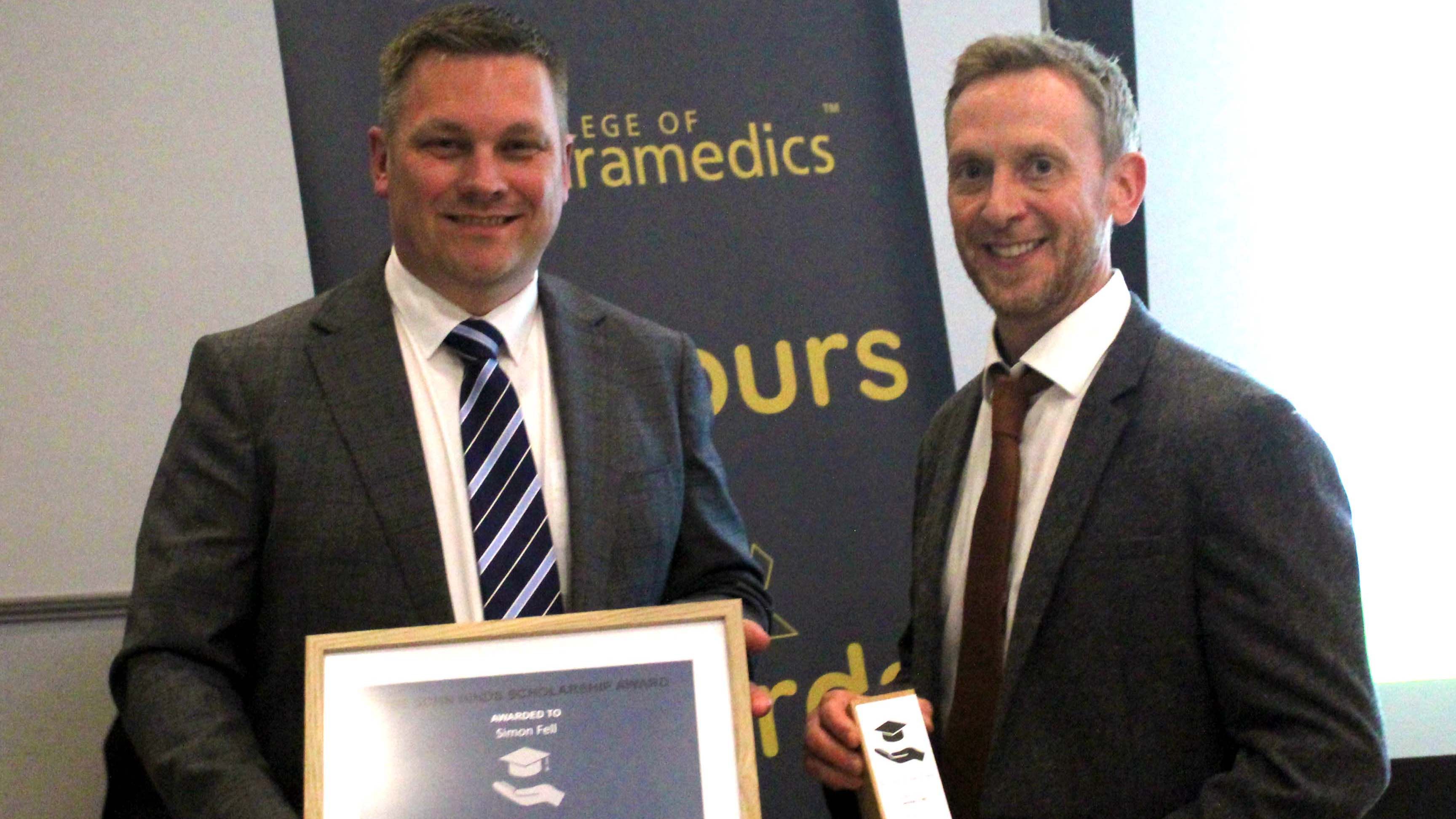| Galen | Blog
Globalisation has reshaped the pharmaceutical industry, opening doors for businesses to expand beyond domestic markets into regions worldwide. It’s even accelerated research and development, helping to improve health outcomes for more patients.
However, entering international markets comes with its own challenges such as navigating complex regulatory landscapes, understanding cultural differences, and managing logistical hurdles.
This is where licensing partnerships become essential. By collaborating with local companies, you can harness their market knowledge and regulatory expertise, accelerating your market entry whilst mitigating some of the risks and costs.
So, what are the main types of pharmaceutical licensing partnerships?
Understanding Pharmaceutical Licensing
Pharmaceutical licensing partnerships are mutual agreements between companies to develop, manufacture, and market pharmaceutical products. By forming these partnerships, you can expand your company’s reach, share resources and expertise, and accelerate the time-to-market for new therapies.
There are two main types of licensing partnerships: in-licensing and out-licensing.
In-Licensing
In-licensing involves acquiring the rights to a product or technology from another company. This strategy allows you to strengthen your product portfolio without investing in the lengthy and costly process of developing new drugs from scratch.
What are the key benefits of in-licensing?
- It can allow you to stay ahead of market trends and competition by bringing cutting-edge therapies and technologies into your pipeline
- It can reduce the risk associated with early-stage drug development as you can in-license late-stage or close-to-market products
- It can help meet patient needs sooner! By in-licensing your partner’s developed products, you can benefit from a quicker market entry
Out-Licensing
Out-licensing involves granting another company the rights to develop, manufacture, or market your products. This approach helps you expand your product’s reach and maximise its market potential without bearing all the costs and risks alone.
What are the key benefits of out-licensing?
- It can accelerate your product’s international reach through partnering with companies that have established market expertise, presence and distribution networks in your target regions
- It allows you to share the burden of development and commercialisation, allowing you to allocate your resources more efficiently
- It can support your company’s financial health with a steady revenue stream through upfront payments, milestones, and royalties from licensing out your products
Whether you choose in-licensing or out-licensing partnerships, these alliances are powerful in dealing with industry challenges.
Exploring the Nuances of International Licensing
Before you consider international pharmaceutical licensing partnerships, there are a few challenges you need to keep in mind.
Regulatory Compliance Differences
Navigating the regulatory landscape is one of the most critical aspects of international pharmaceutical licensing. For instance, there can be differences in submission formats, documentation requirements and approval timelines which can all create significant hurdles for teams unfamiliar with these nuances. For example, each of the Nordic countries have their own national regulatory body (DKMA, NOMA, Fimea, etc.), which require different submission processes to their neighbours.
How can you overcome this barrier?
- Establish strong relationships with local regulatory experts who can provide insights into regional requirements and help ensure compliance
- Maintain flexibility and readiness to adapt your strategies based on regulatory feedback for successful market entry
Potential Cultural Barriers
Understanding your target market’s culture is essential to forming successful, lasting international partnerships. Business practices, communication styles, and negotiation tactics can vary significantly across cultures. These differences are important to consider as misunderstandings can lead to friction and as a result, can lead to avoidable delays in the go-to-market process
How can you overcome this barrier?
- Invest time in understanding your partner's cultural background and business etiquette
- Consider cross-cultural training for your team and use local intermediaries to improve communication and collaboration
Operational and Logistical Issues
Managing time zone differences and coordinating international teams and supply chains can be daunting. For example, our partnership with Bora Health, a leading Taiwanese company, shows how these challenges can be overcome. The 8 to 10-hour time difference between Europe and Asia can impact real-time communication and decision-making.
How can you overcome this barrier?
- Scheduling meetings at mutually convenient times for your client is crucial to ensure smooth communication and decision-making.
- Utilising project management tools that allow for asynchronous updates and collaboration is essential. These tools enable team members to stay updated and collaborate effectively, regardless of time zone differences.
Explore how partnerships could help you to achieve your goals
International pharmaceutical partnerships are powerful. By addressing differences in regulatory compliance and cultures, your company's market reach can expand significantly. As experts in growing successful partnerships, we encourage other companies to do the same to position themselves for further success.
If you're interested in exploring international pharmaceutical licensing partnerships, get in touch to see how we can expand your reach together.
More News
Would you like to discuss how Galen can help you?
If you would like to explore how our expertise could add value to your product, or for an initial discussion about partnering with us, please contact our team.
UK
Galen Limited
Seagoe Industrial Estate
Craigavon
BT63 5UA
United Kingdom
Telephone:+44 (0)28 3833 4974
Email:

Nordics
POA Pharma Scandinavia AB
Banevænget 13, 1.
3460 Birkerød
Denmark
Telephone: +45 3117 4300
Email:

Germany
POA Pharma GmbH
Langenbruchstraße 20A
D-45549 Sprockhövel
Germany
Telephone: +49 (0)2339 9113404
Email:

Copyright ©2025 Galen Limited.


